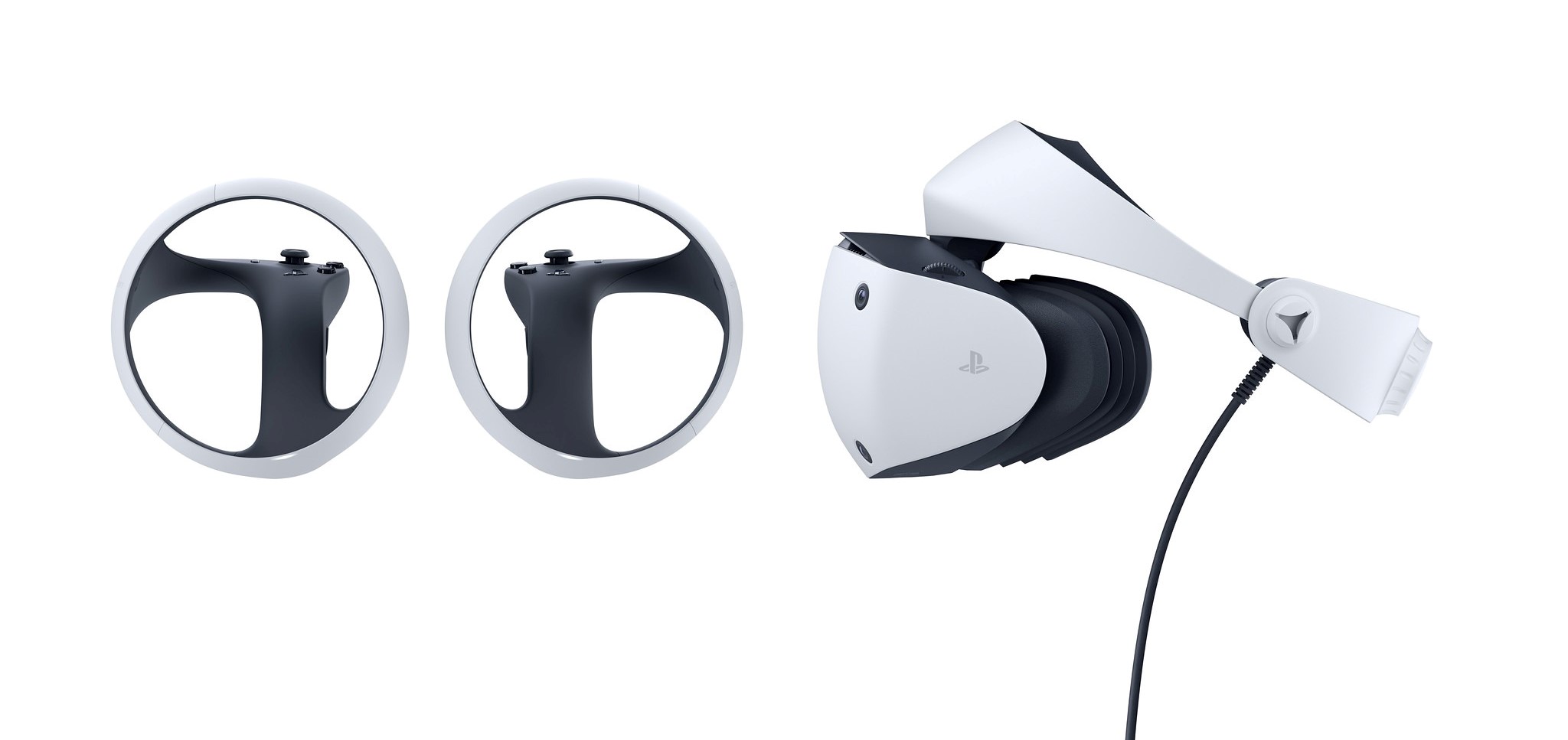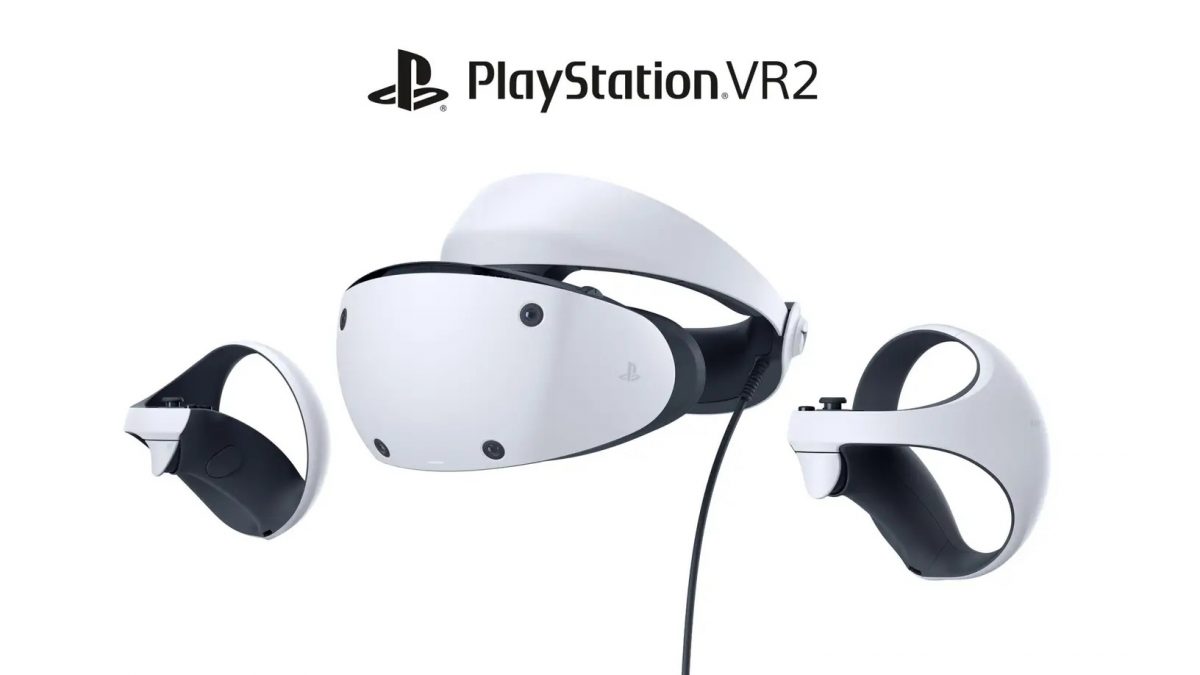After announcing its next-generation PlayStation VR2 headset back in February 2021, presenting the controllers last March, and confirming it would be called PlayStation VR2 in January, Sony finally unveiled the design for the headset.
Design of PlayStation VR2
The new design is similar to the PlayStation 5‘s, featuring a white-and-black color scheme and the same broad form as the original PS VR. The newest model includes improvements over the prior version, including a lens adjustment dial, a different vent design, and a lighter weight. The PlayStation VR2, like the PlayStation 5 and its DualSense controller, features small textured PlayStation symbols on the front and back straps of the headset.
It’s been over five years since the PSVR debuted, and it was time for an upgrade. Although you could use PSVR with the PS5, you had to use a specific adaptor. Sony has also been making other VR moves that didn’t make sense without a PS5-compatible headset, such as distributing free VR games to PlayStation Plus subscribers.
The headset has haptic feedback, eye tracking, 4K HDR, 90/120Hz frame rates, foveated rendering as well as a 110-degree field of view. It connects to the PS5 with only a single USB-C connection.

The PlayStation VR was Sony’s first low-cost virtual reality headset, requiring neither a powerful gaming PC nor hundreds of dollars worth of additional equipment. Back in 2016, it converted the majority of PS4 game consoles into a modestly powerful machine for around $500.
Playstation VR2 faces some competition
However, it is also worth noting, while the PSVR was part of the early wave of consumer VR headsets, including the original Oculus Rift and HTC Vive, both of which have gone on to have many successors with greater optical quality, field of view, and overall immersion since then. With the original PlayStation VR, you could only walk around directly in front of your PS4 and interact with virtual environments using a pair of wands that could do the best they could to simulate grabbing objects. A long way from today’s offerings such as Valve Index which has an individual control for each finger.
You can see the difference in specs of PlayStation VR2, when compared to the first iteration down below:
| PlayStation VR2 | PlayStation VR | |
| Resolution | 2,000 x 2,040 per-eye | 960 x 1080 per eye |
| Display | OLED HDR | OLED |
| Refresh rate | 90Hz, 120Hz | 90Hz, 120Hz |
| Field of view | 110° | 100° |
| Tracking | Six-axis motion sensor, 4 cameras for headset and controllers, IR camera for eye-tracking | Six-axis motion sensor, LED tracking via PlayStation Move |
| Haptics | Headset and controller | Controller only |
| Audio | 3.5mm | 3.5mm |
| Connection | USB-C | USB and HDMI |
The PlayStation VR 2 must compete with headsets like the high-resolution HP Reverb G2, the computer-free Oculus Quest 2, and the finger-tracking Valve Index. Since debuting the original PSVR, virtual reality hardware has advanced significantly and Sony has serious competition in the market. It’s already announced one game being made for the system: Horizon Call of the Mountain, which it says is built specifically for PlayStation VR2 and will open the doors for players to go deeper into the world of Horizon. With these recent announcements and the promise of truly compatible VR headsets for their next-generation console PS5, Sony hopes to make a great entrance back into the VR market.
Despite the fact that we still don’t know much about the PlayStation VR2’s release date or price, Sony will most likely announce more information regarding the headset soon.





